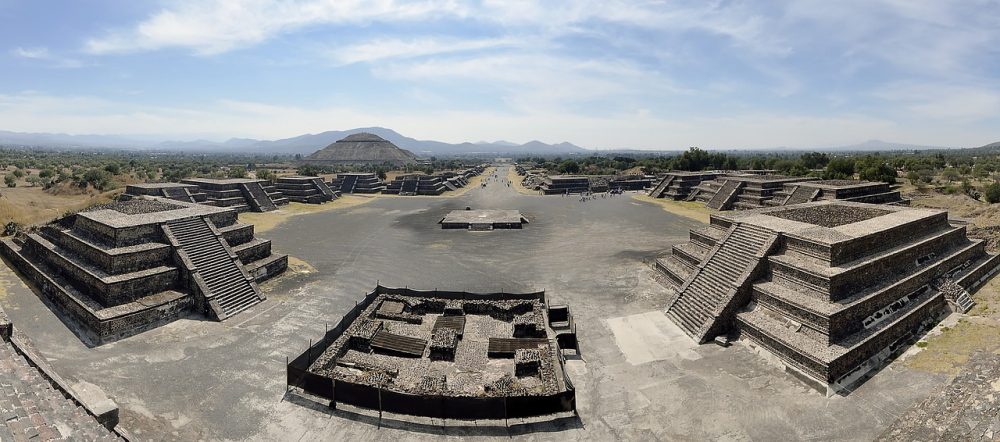In a remarkable archaeological discovery, researchers in Egypt have uncovered the remains of a 3,200-year-old military barracks that once played a crucial role in defending the Nile Delta. Among the artifacts found at the site was a sword inscribed with the name of the legendary Pharaoh Ramesses II, providing new insights into the military strategies of ancient Egypt during a period when the nation faced threats from the Libyans.
A Glimpse Into Egypt’s Military Strategy
The barracks, believed to have been constructed partly due to the rising threat posed by Libyan groups, contained storerooms for grain, ovens for baking, and a variety of other items used by the soldiers stationed there. Animal bones, including fish and cow remains, were also discovered, shedding light on the diet of those who occupied the site. According to archaeologist Ahmed El Kharadly from the Egyptian Ministry of Tourism and Antiquities, these remains suggest that the cows, revered for their symbolic representation of strength and abundance, were likely used for sustenance in this context.
The archaeological team found the remains of several cow burials near ovens, indicating that the animals were butchered and preserved for future use. This discovery adds a fascinating layer to our understanding of daily life in ancient Egyptian military camps, where soldiers not only prepared for battle but also ensured their survival through meticulous food storage and preparation.
Ramesses II’s Sword: A Weapon of Power and Prestige
Perhaps the most significant find at the barracks was a bronze sword inscribed with the name of Ramesses II, one of Egypt’s most famous pharaohs. The sword was found in a small room near an area vulnerable to enemy infiltration, suggesting it was used for combat rather than ceremonial purposes. The inscriptions not only serve as a direct link to the king himself but also signify the high status of the officer who wielded the sword. According to historian Peter Brand, director of the Karnak Great Hypostyle Hall Project at the University of Memphis, the engraving of Ramesses II’s name would have greatly increased the prestige of its owner, reflecting the king’s wealth and power.
In addition to the sword, two limestone blocks were discovered, both bearing inscriptions. One block mentions Ramesses II, while the other refers to a high-ranking official named Bay. This further cements the site’s historical importance, providing tangible evidence of Egypt’s military presence in the region.
Fortifying the Nile Delta
The location of the barracks was strategically significant, as it was placed along a military road in the northwest Nile Delta. This position allowed Egyptian forces to confront any groups attempting to enter Egypt from the western desert or the Mediterranean Sea. This fortification was essential during a time when external threats were growing, particularly from the Libyans. As noted by Anthony Spalinger, a professor of classics and ancient history at the University of Auckland, the barracks likely served as a defensive stronghold designed to control access to Egypt. This aligns with ancient textual accounts that describe the growing tension between Egypt and its neighboring territories during the reign of Ramesses II.
Uncovering Egypt’s Military Past
As revealed by Live Science, this discovery offers a wealth of information about Egypt’s military logistics during the New Kingdom period. Similar sites have been found across Egypt, but this particular barracks is remarkably well-preserved, providing unique insights into how the nation defended its borders and maintained control over its territories. The weaponry found at the site, including the bronze sword, suggests that the barracks were not only a place of defense but also possibly a site for producing weapons. This discovery adds to the growing understanding of ancient Egypt’s military prowess and the significant role played by fortifications like these in the nation’s history.
As archaeologists continue to uncover the secrets of Egypt’s past, each discovery provides new insights into the nation’s rich history, offering a clearer picture of how its military strategies evolved and how ancient Egyptians confronted external threats.
What’s Next?
This discovery not only sheds light on Egypt’s military strategies during the time of Ramesses II but also raises intriguing questions about how ancient Egyptian defenses evolved in response to external pressures. What more can we learn from sites like these? Could future excavations reveal additional insights into Egypt’s military might? As researchers continue to dig deeper, we can only imagine the fascinating stories that await discovery.
What do you think of this incredible find? Could it change our understanding of ancient Egypt’s military history?











